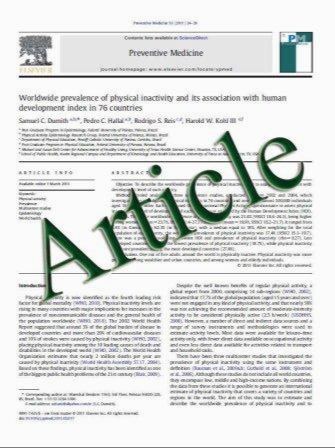Comprehensive screen of genetic variation in DNA repair pathway genes and postmenopausal breast cancer risk
- نوع فایل : کتاب
- زبان : انگلیسی
- مؤلف : Genevieve M. Monsees Peter Kraft Stephen J. Chanock David J. Hunter Jiali Han
- چاپ و سال / کشور: 2010
Description
Mistakes in DNA repair can result in sustained damage and genetic instability. We comprehensively evaluated common variants in DNA repair pathway genes for their association with postmenopausal breast cancer risk with and without respect to estrogen receptor (ER) and progesterone receptor (PR) subtypes. In this study of 1,145 prospectively ascertained breast cancer cases and 1,142 matched controls from the Nurses’ Health Study Cancer Genetic Markers of Susceptibility project, we evaluated 1,314 common genetic variants in 68 candidate genes. These variants were chosen to represent five DNA repair pathways including base excision repair, nucleotide excision repair, double-strand break repair (homologous recombination and non-homologous end-joining), direct reversal repair, and mismatch repair, along with candidate DNA polymerases, Fanconi Anemia complementation groups, and other genes relevant to DNA damage recognition and response. Main effects, pathway effects, and pair-wise interactions were evaluated using Logistic Regression, and the Admixture Maximum Likelihood (AML) and Kernel Machine tests. Eight linked loci within XRCC4 were associated with susceptibility to PR- breast cancer (main effect p-values corrected for multiple testing at the within-gene level\0.04). These loci drove the association between the non-homologous end-joining pathway, and PR- breast cancer (AML p-value for the full pathway = 0.002; p-value when the eight loci were removed = 0.86). A Kernel machine test of no linear or quadratic effects, or pairwise interaction, yielded a p-value of 0.85. Common variation alone in DNA repair genes plays at most a small role in determining postmenopausal breast cancer risk among women of European ancestry.
Breast Cancer Res Treat (2011) 125:207–214 DOI 10.1007/s10549-010-0947-3 Received: 7 May 2010 / Accepted: 10 May 2010 / Published online: 23 May 2010


